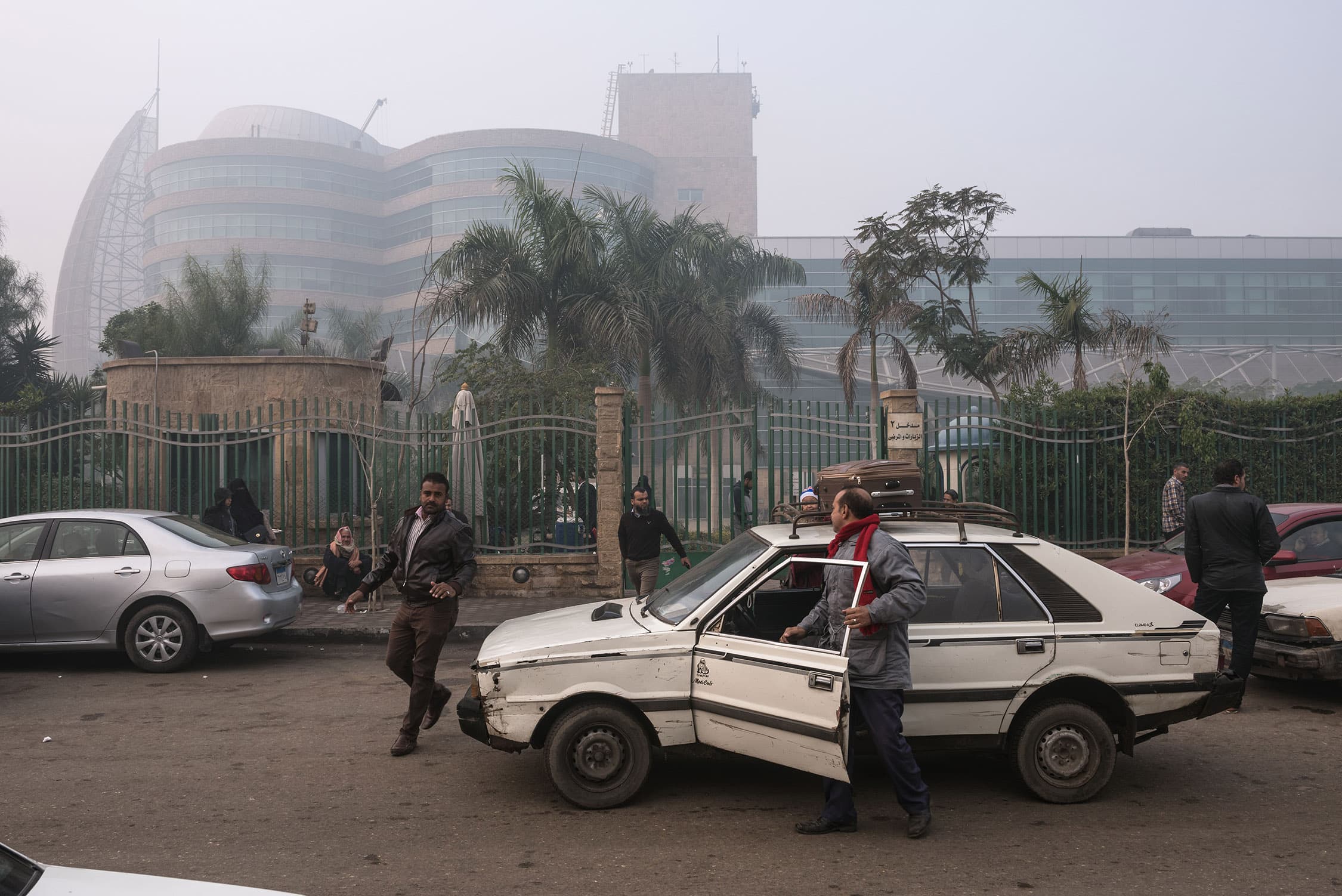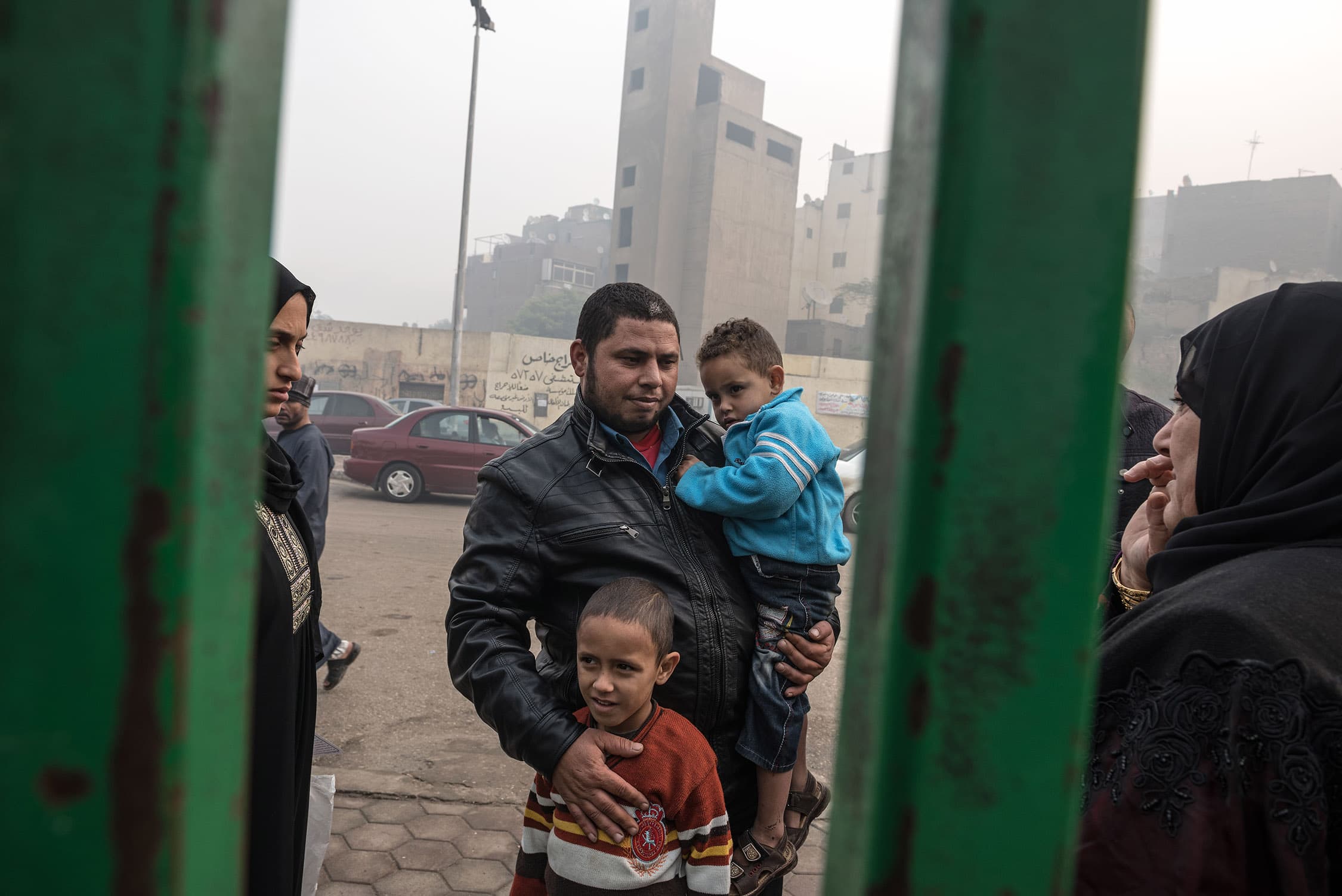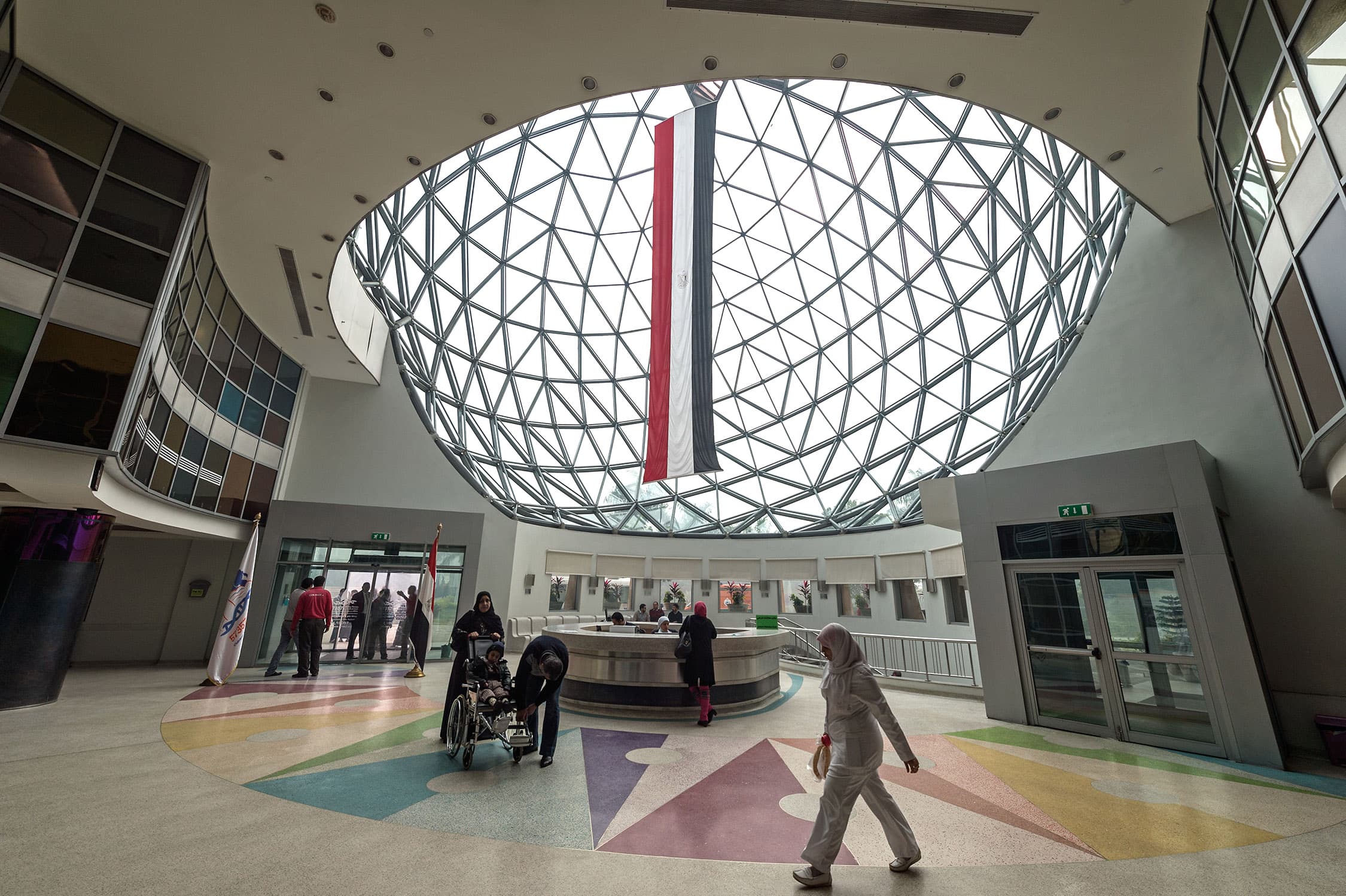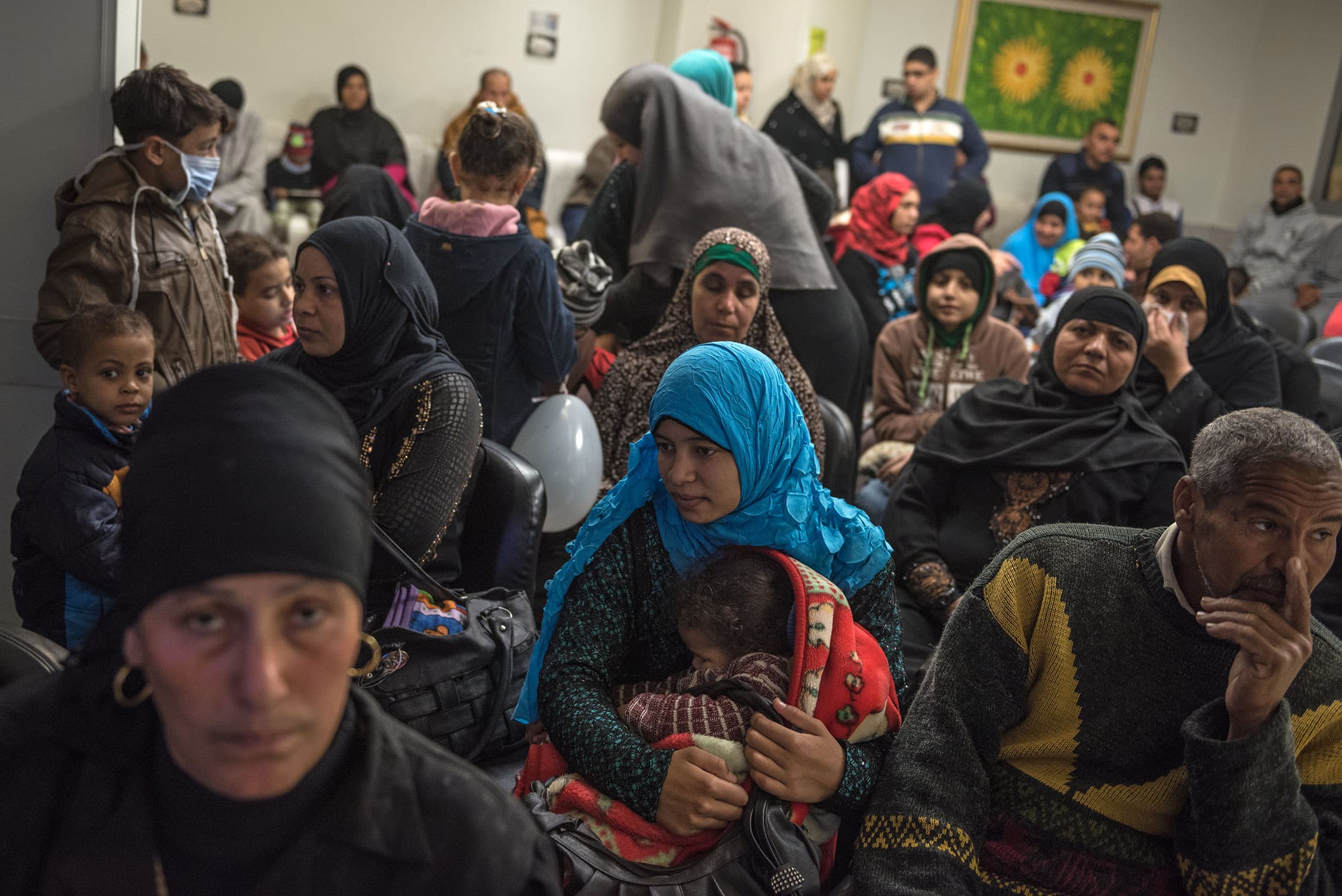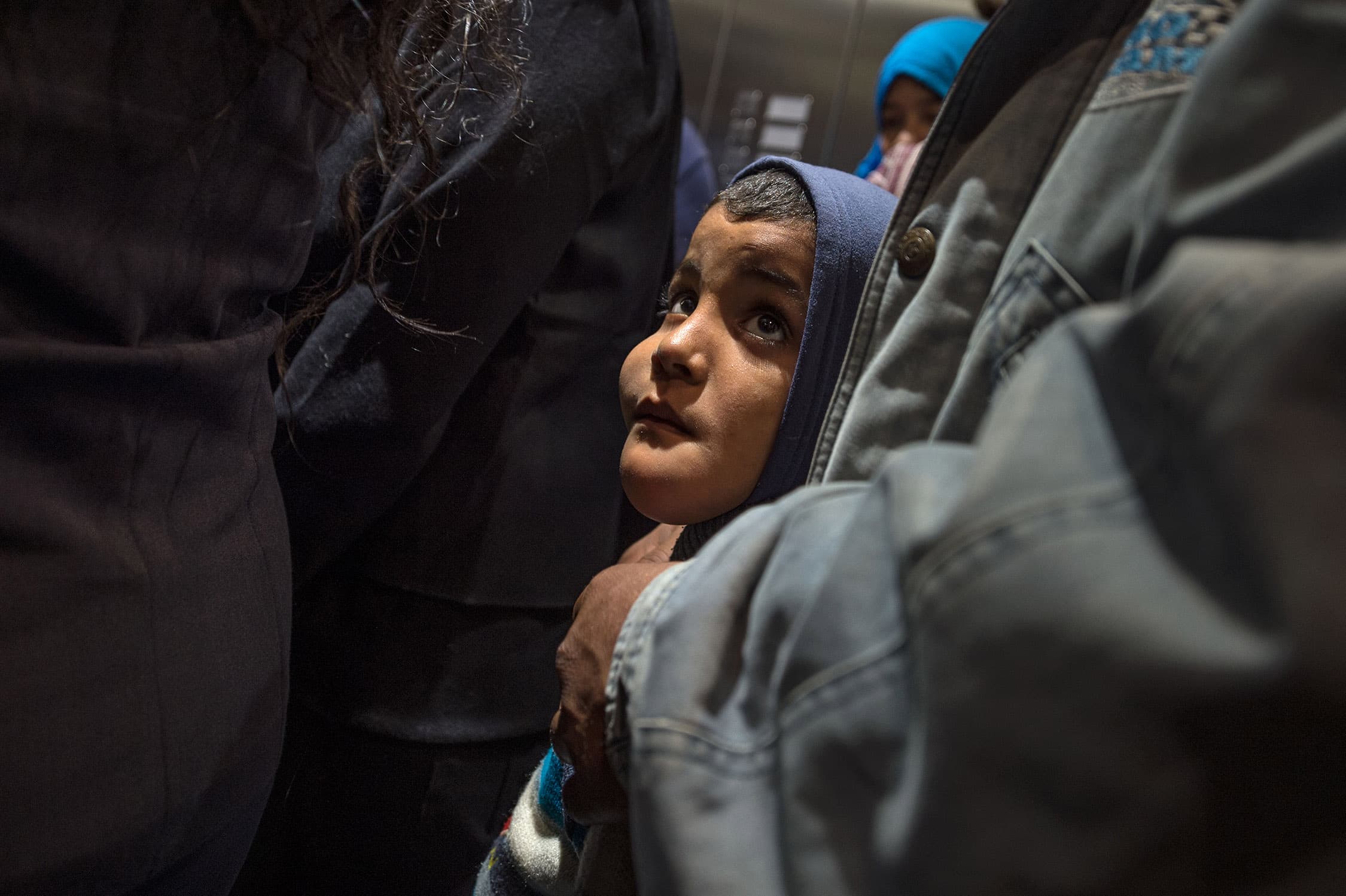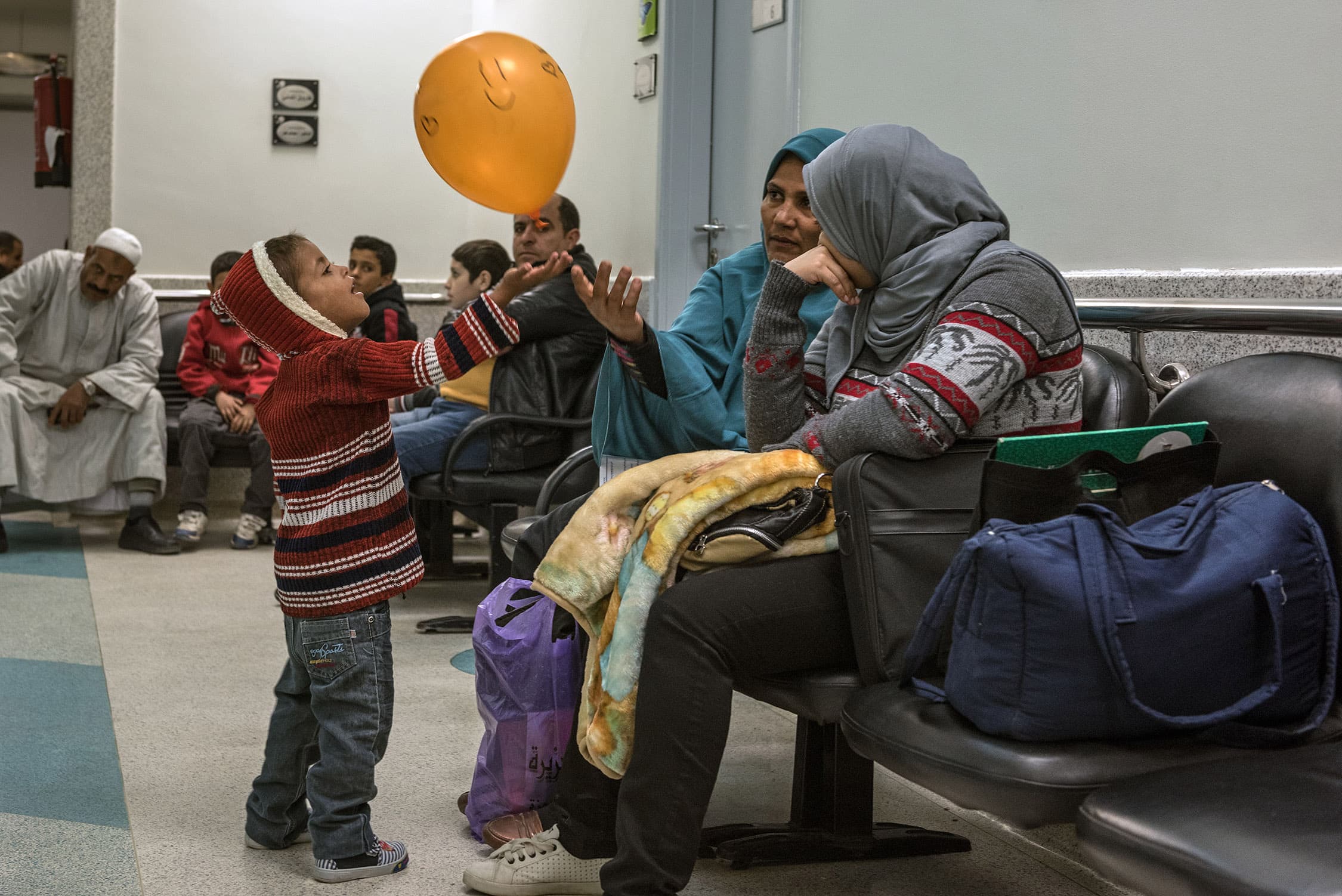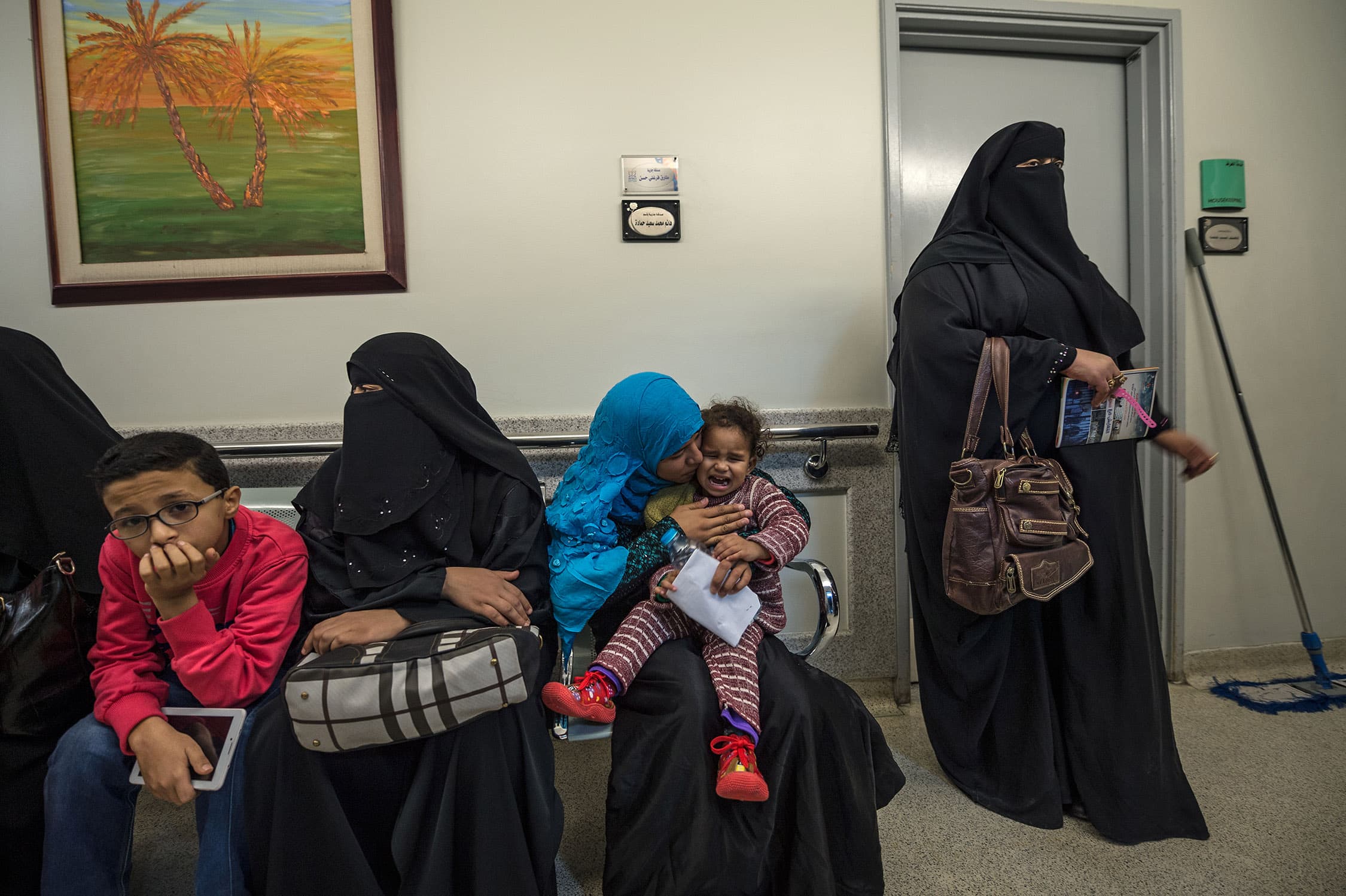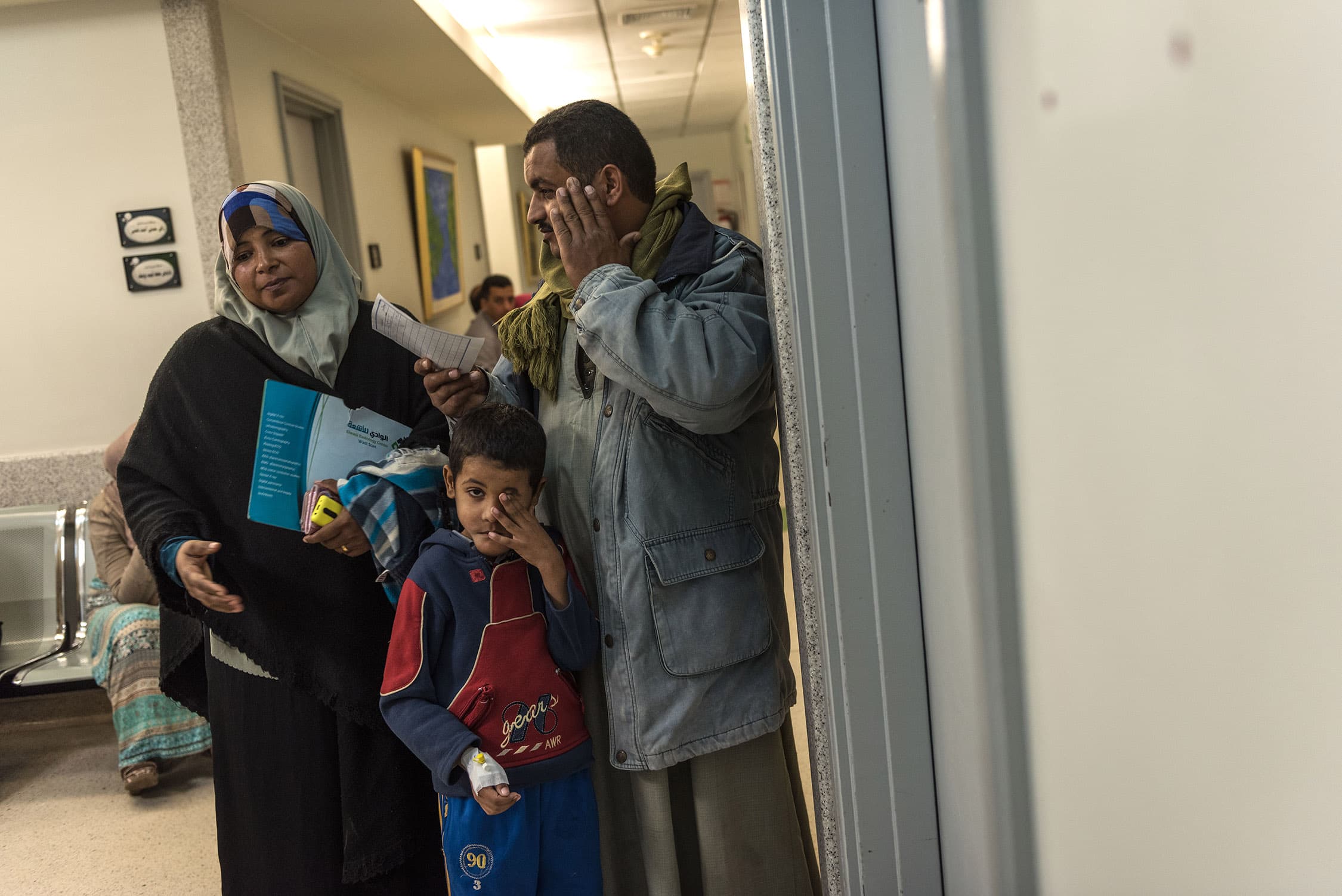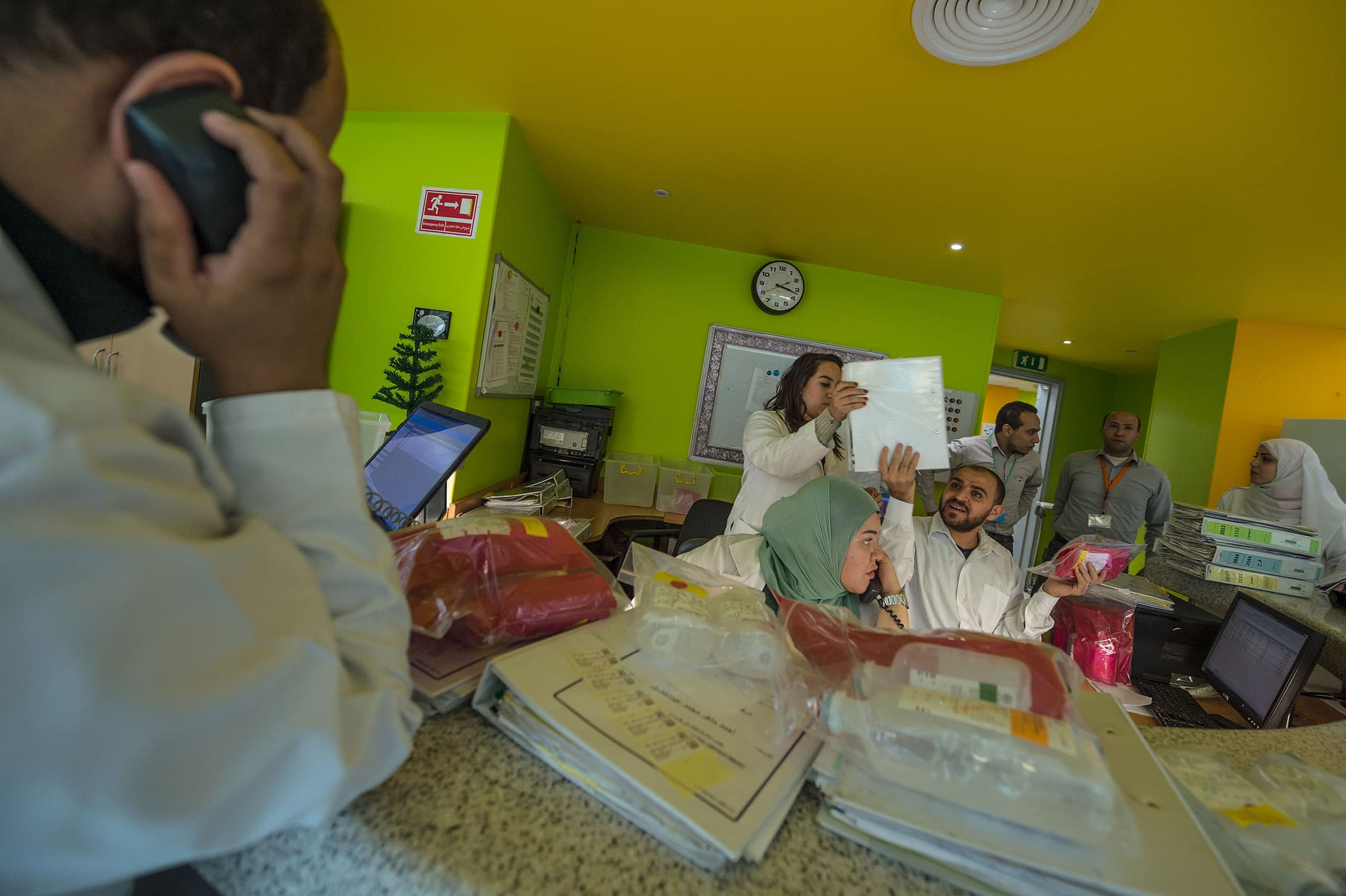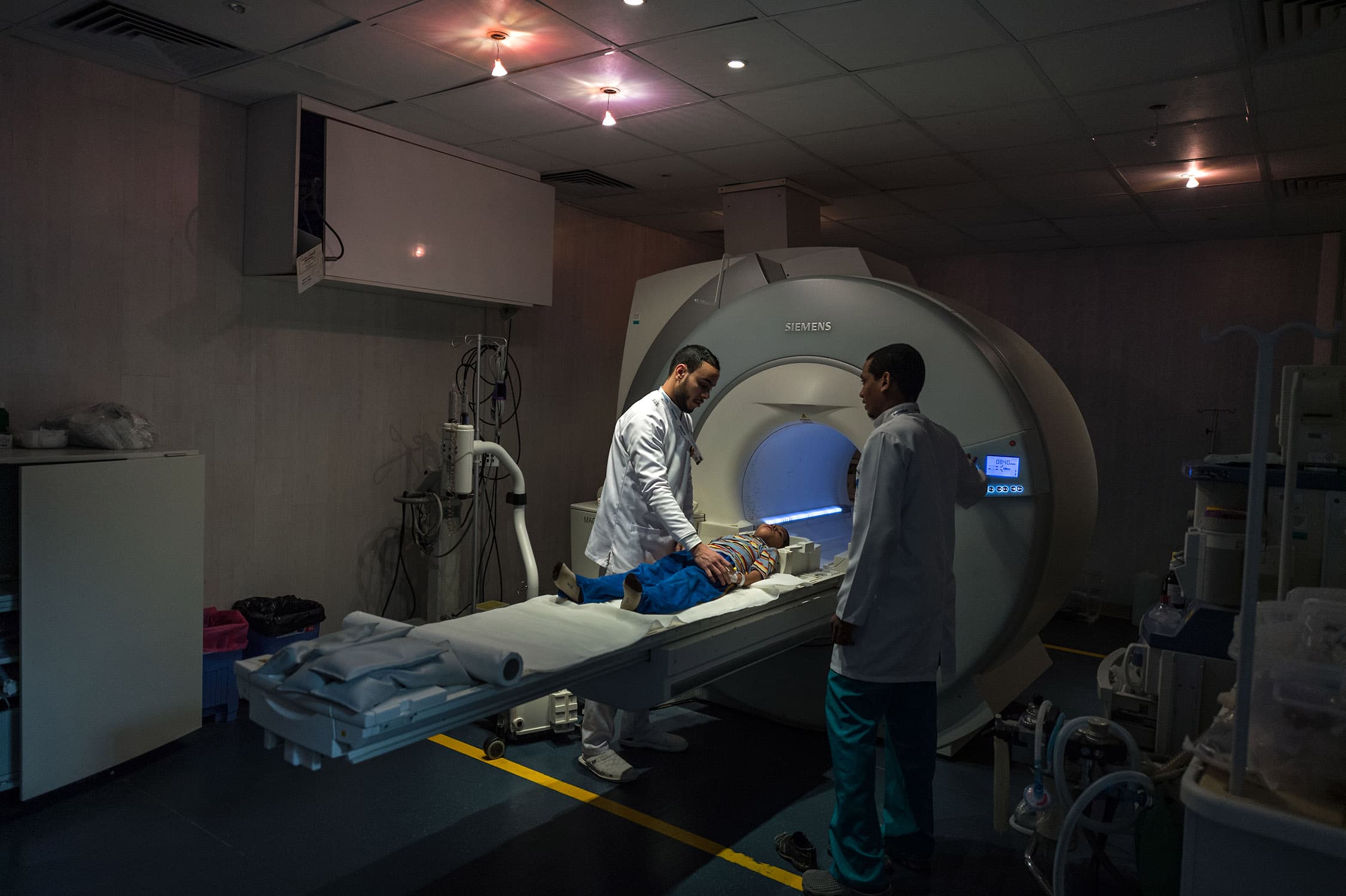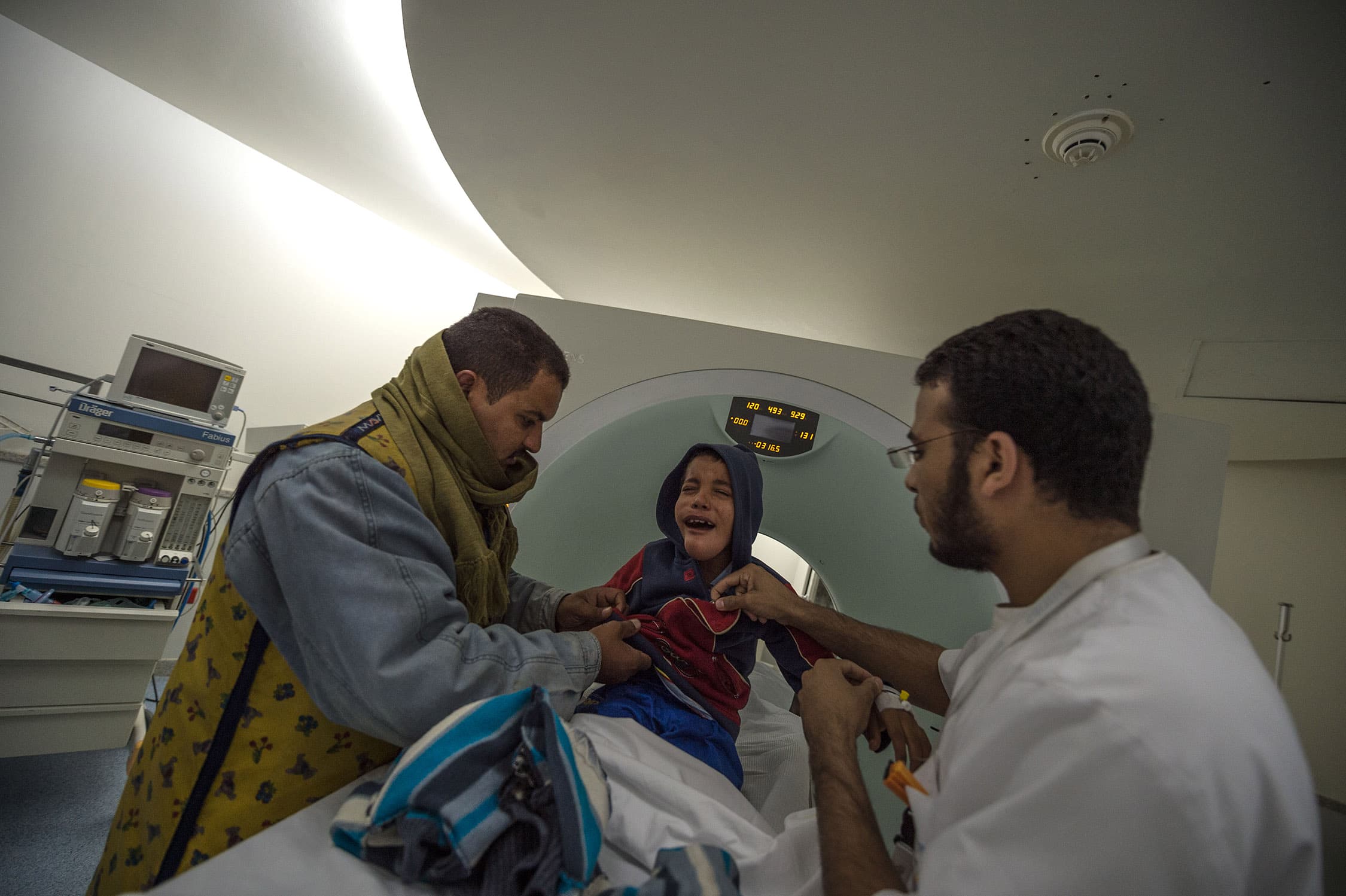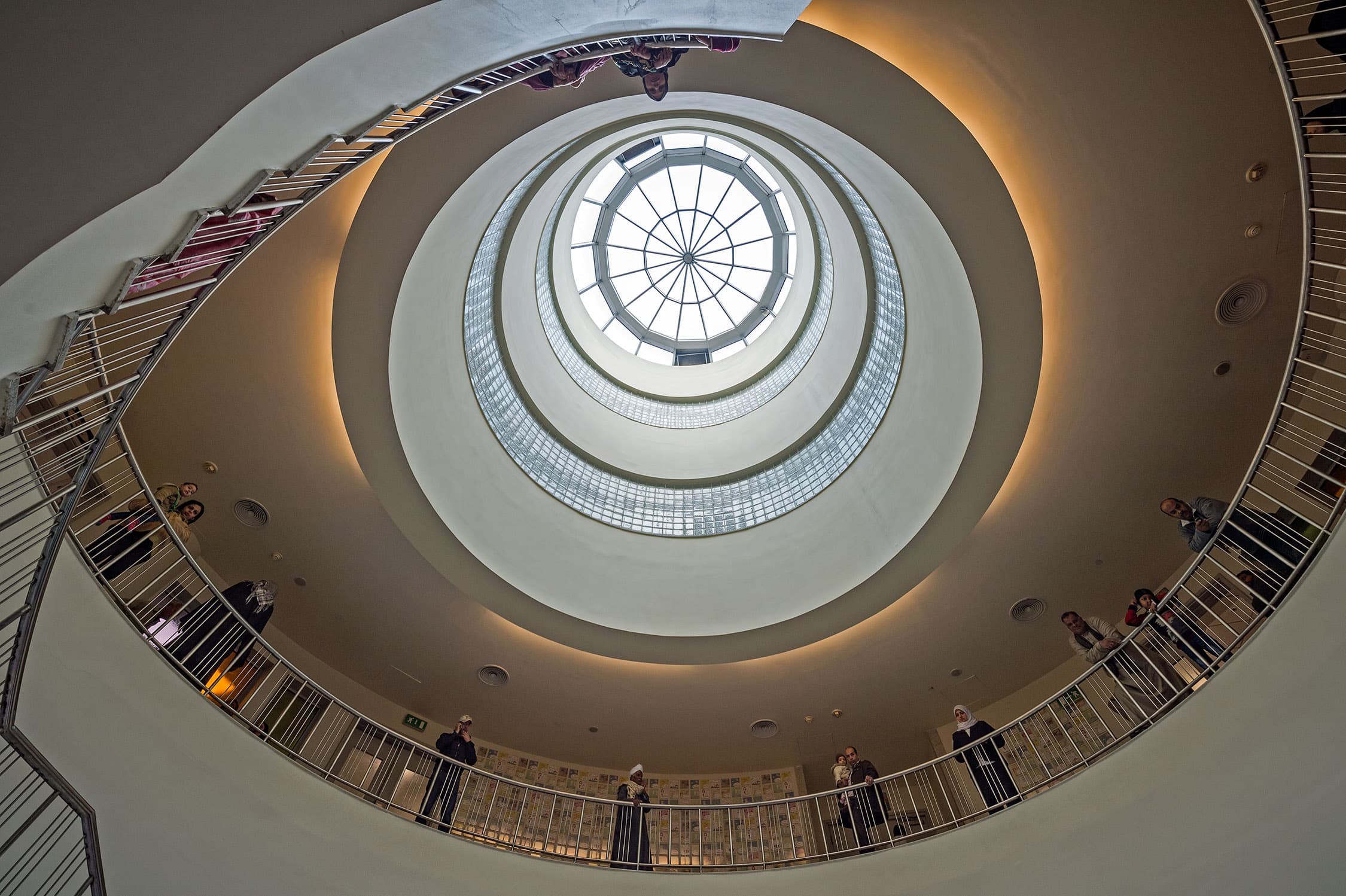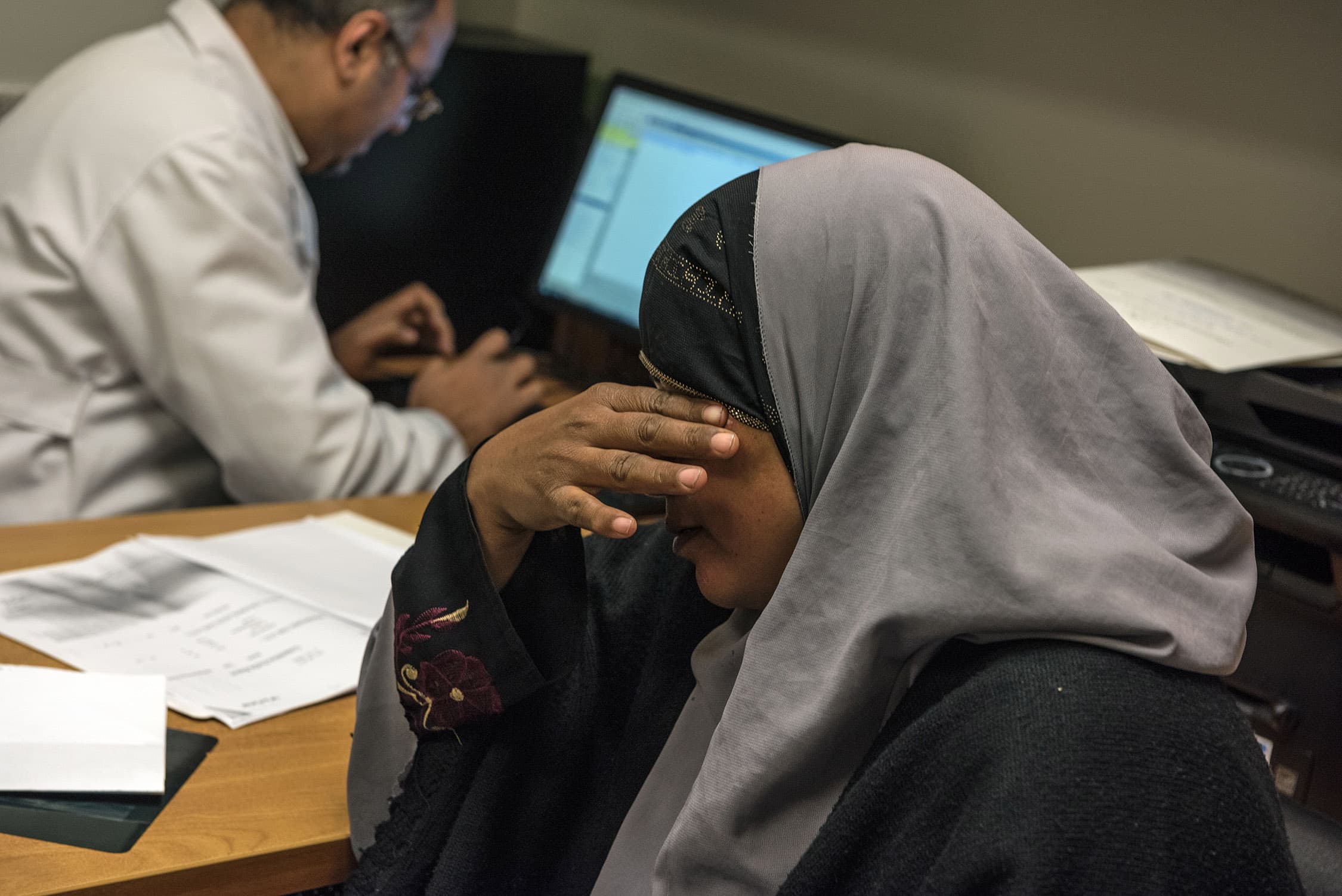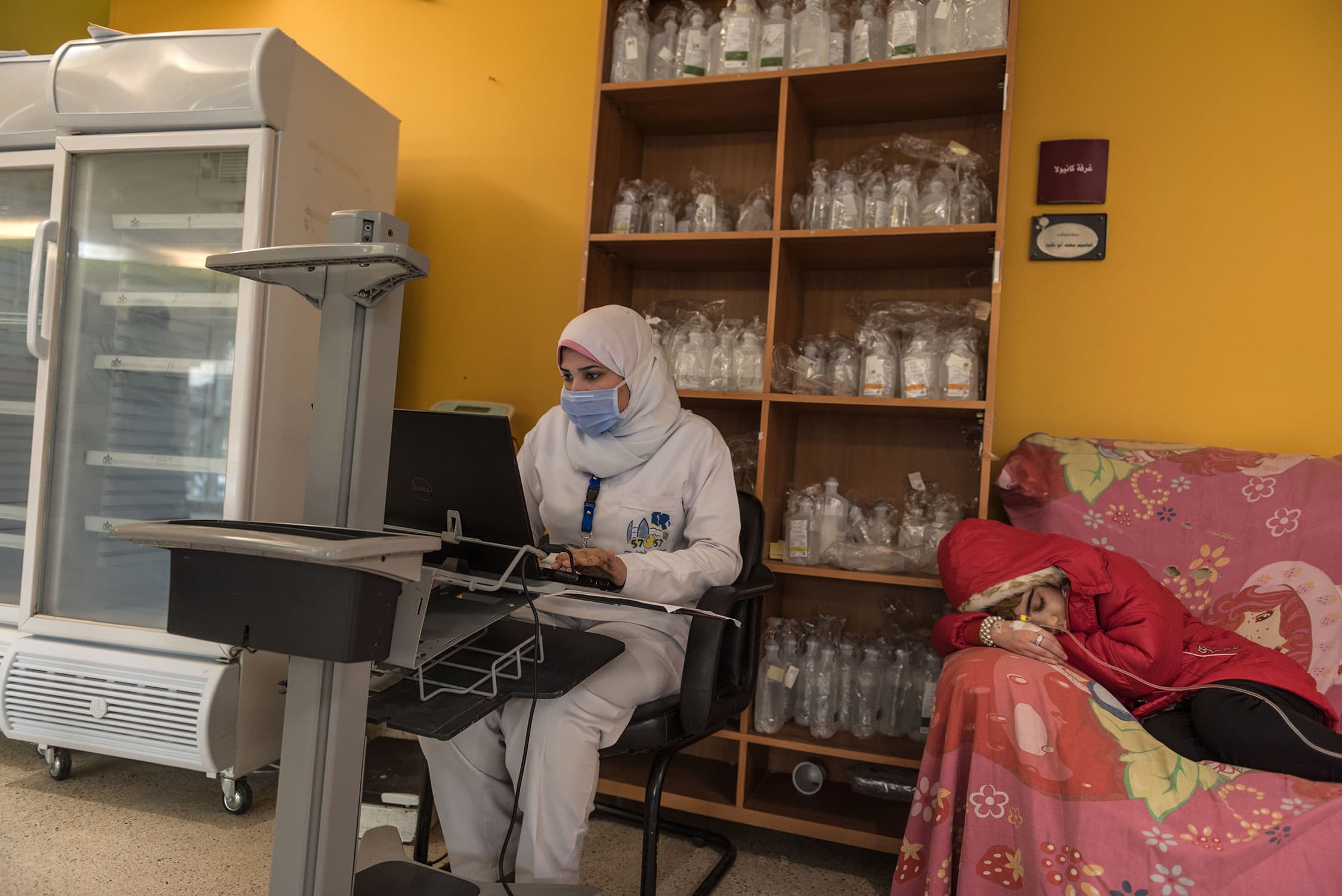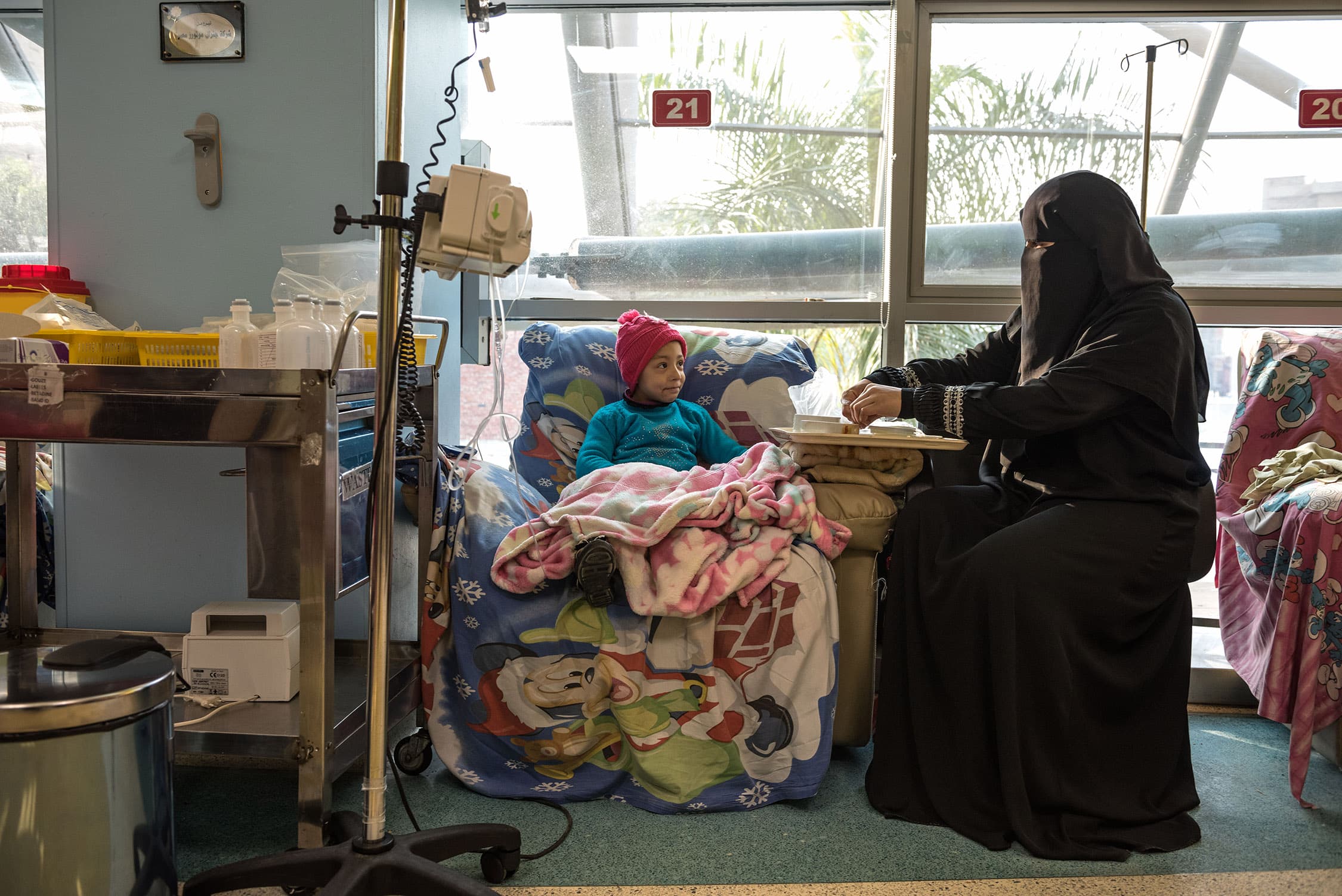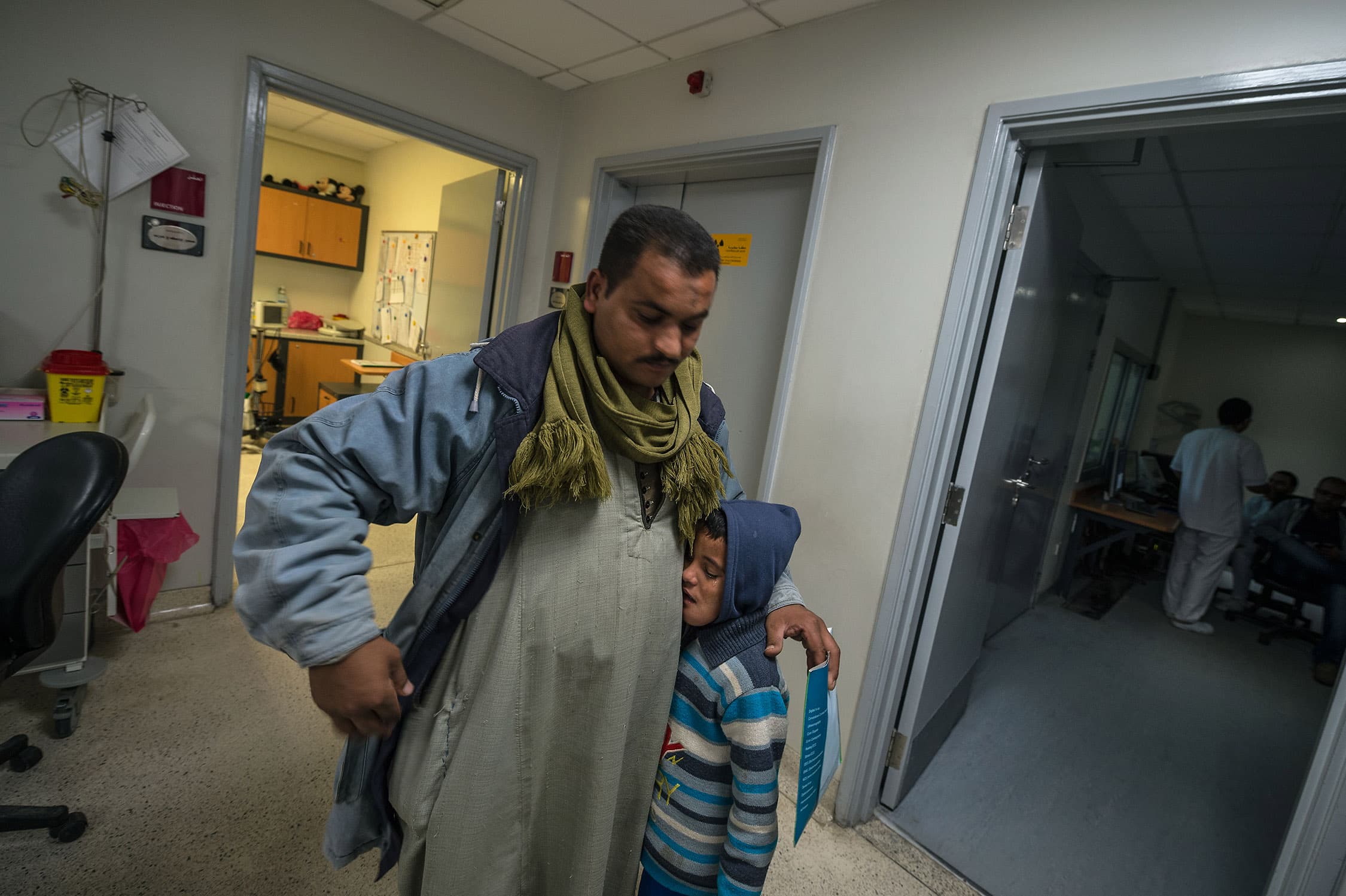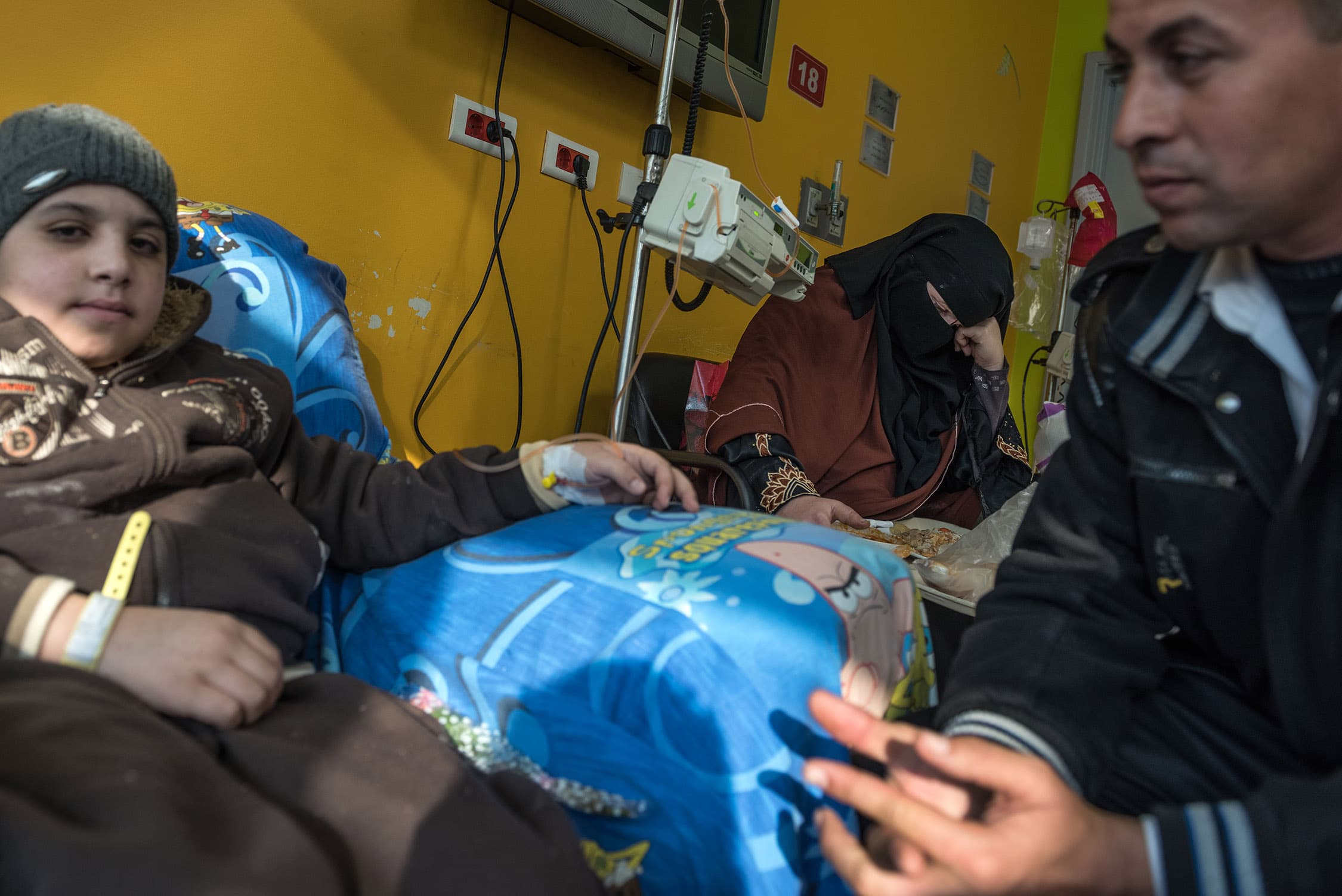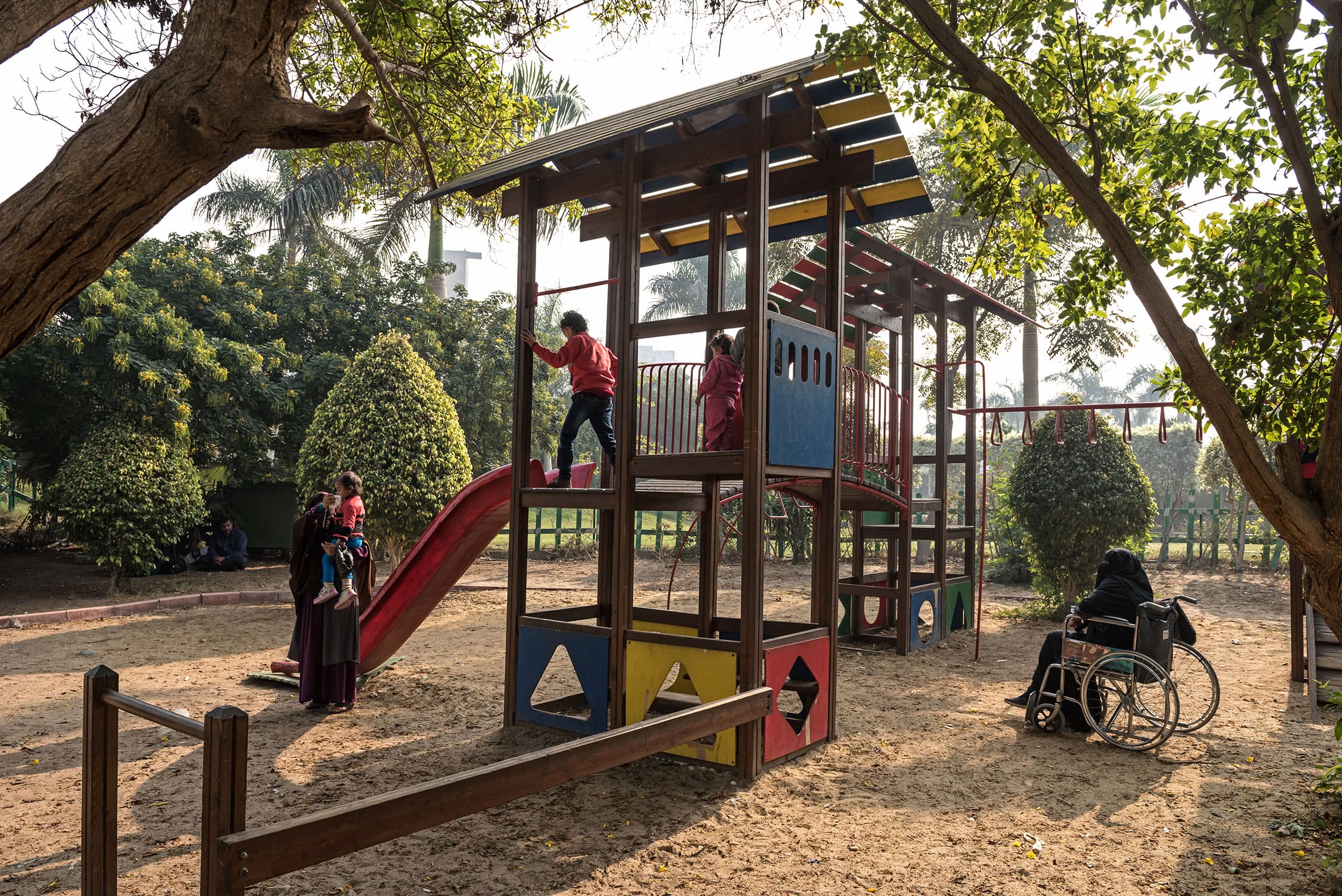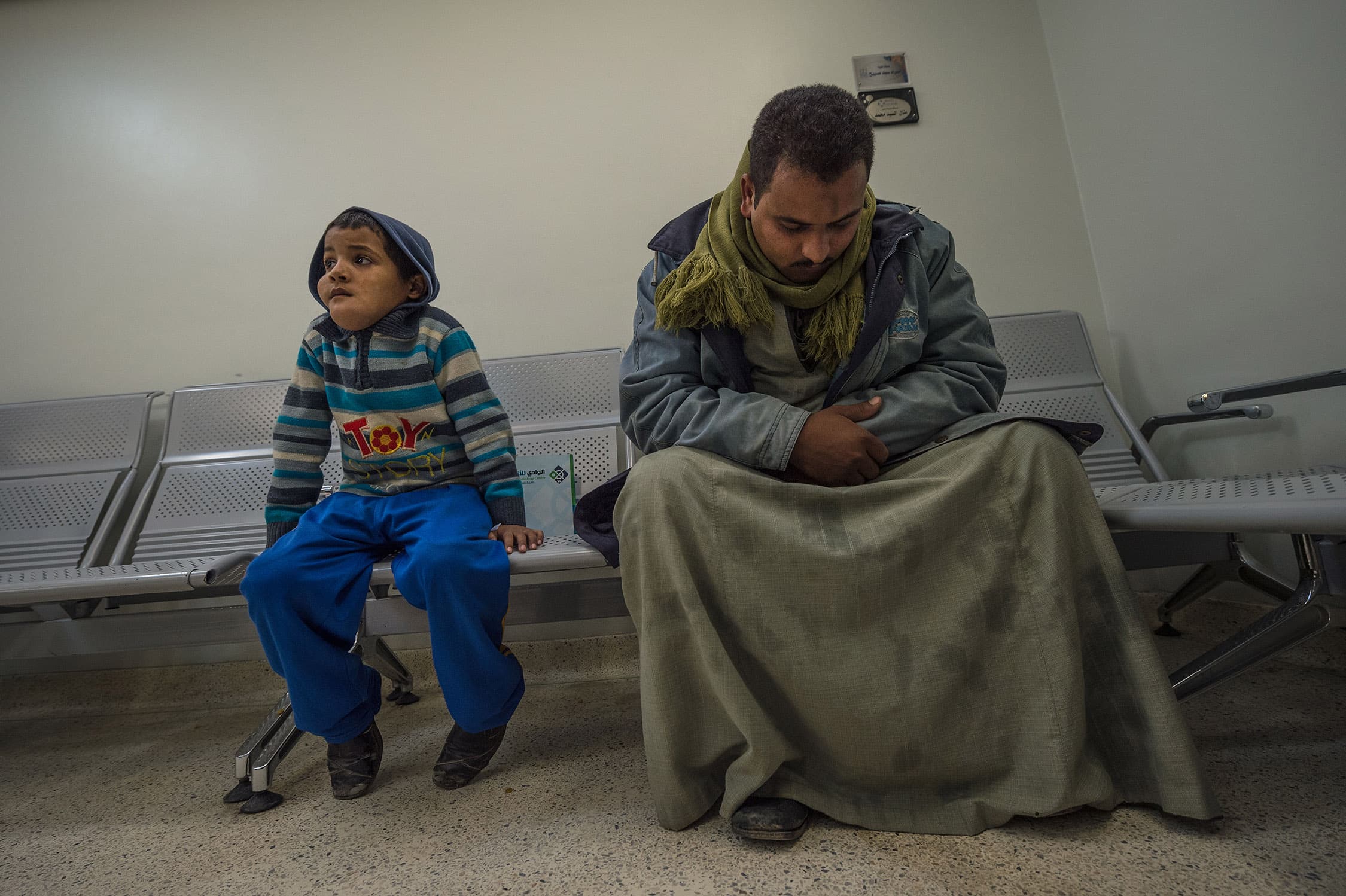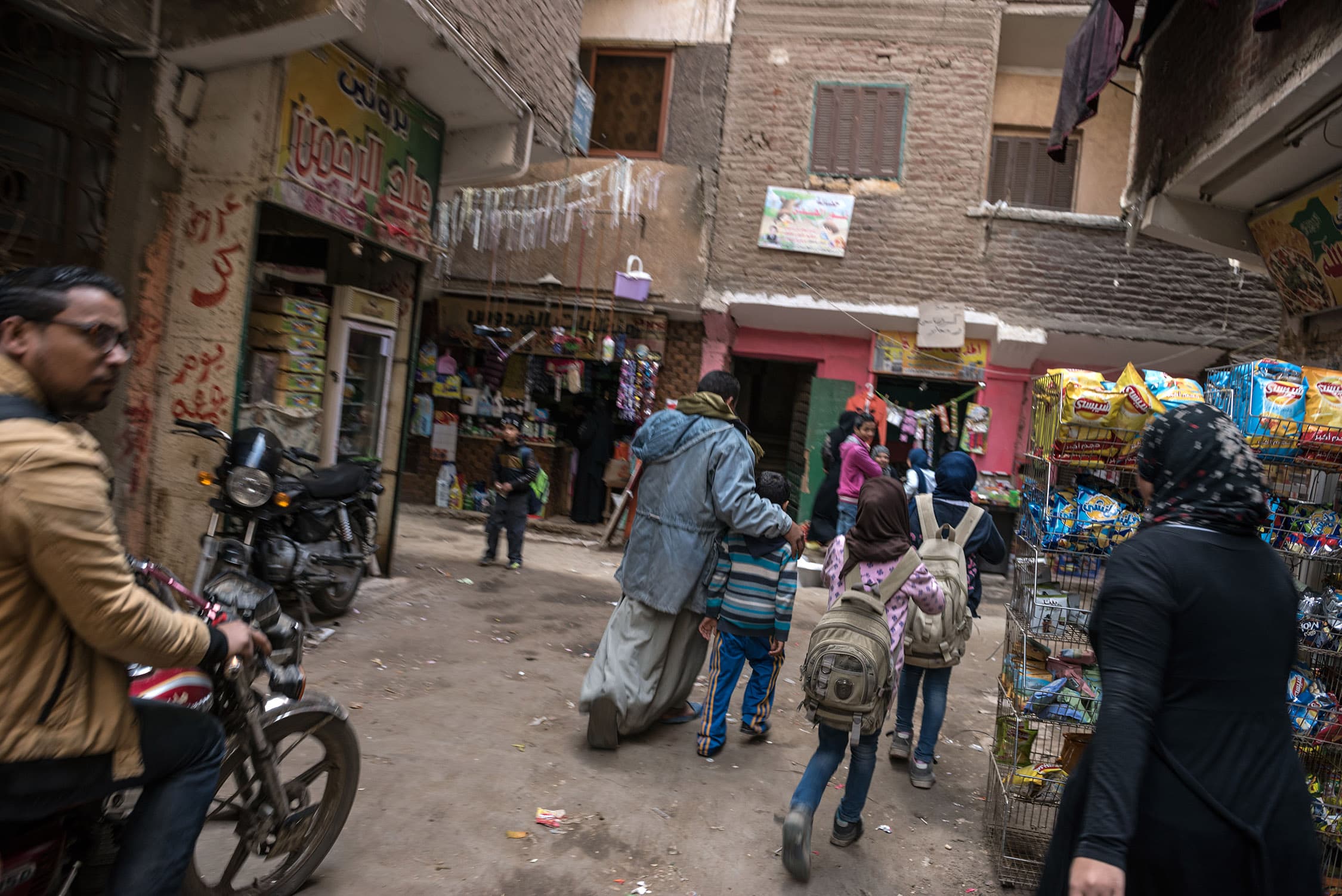DOCUMENTARY
The global burden of children’s cancer falls disproportionately on children living in Low and Middle-Income Countries (LMICs). Annually 200,000 children are diagnosed with cancer, and of these, 80% live in LMICs. In High Income Countries (HICs), the treatment of pediatric cancer is largely viewed as a success story, with survival rates averaging 80%. By contrast, in LMICs the survival rate averages just 20%. However, with concentrated and coordinated efforts, some LMICs have been able to raise their survival rates to those nearly equal to those in HICs.
The photographs in this series are part of a larger documentary photography and film project titled ‘How I Live With Cancer’. ‘How I Live’ is being created in close partnership with Persistent Productions and the Dana Farber/Boston Children’s Cancer Center and aims to chronicle the healthcare systems — and the patients being treated within the pediatric oncology units — in LMICs that are closing the survival gap between LMICs and HICs around the world.
This selection of images features patients and their families being treated at Children’s Cancer Hospital 57357 in Cairo, Egypt.
57357 is the largest children’s cancer hospital in the world — but it wasn’t always this way. In 1984, the national pediatric oncology unit consisted of a one-room ward that was underfunded and understaffed. In one day alone, the unit lost thirteen out of sixteen patients. It was these untenable conditions and loss of life that galvanized a committed cadre of local pediatric oncologists, businessmen and charitable organizations to demand better for the children of Egypt and to dream of a creating a world-class hospital. Today 57357 stands at 300 beds with plans to expand to upwards of 700 beds in the coming years; they saw 1,852 new cases in 2014 alone. More impressive perhaps than the size of the hospital or number of patients is that the hospital is completely free-of-charge for patients and that they have achieved a survival rate of over 70%. In an environment that has been for the last five years mired in political instability and social upheaval, the hospital has been a symbol of national pride, helping patients not only from Egypt but also from the across the region and around the world.
The global cancer burden is set to increase, and the number of people of all ages living with cancer worldwide is expected to rise from 12.7 million in 2008 to an estimated 22.2 million by 2030. And 90% of this anticipated increase will be from people living in LMICs. With this escalation on the horizon it will be critical to look at institutions within LMICs, like 57357, that have had success in increasing survival rates.
See more ‘How I Live With Cancer’ reportage from Guatemala, El Salvador and Myanmar.
